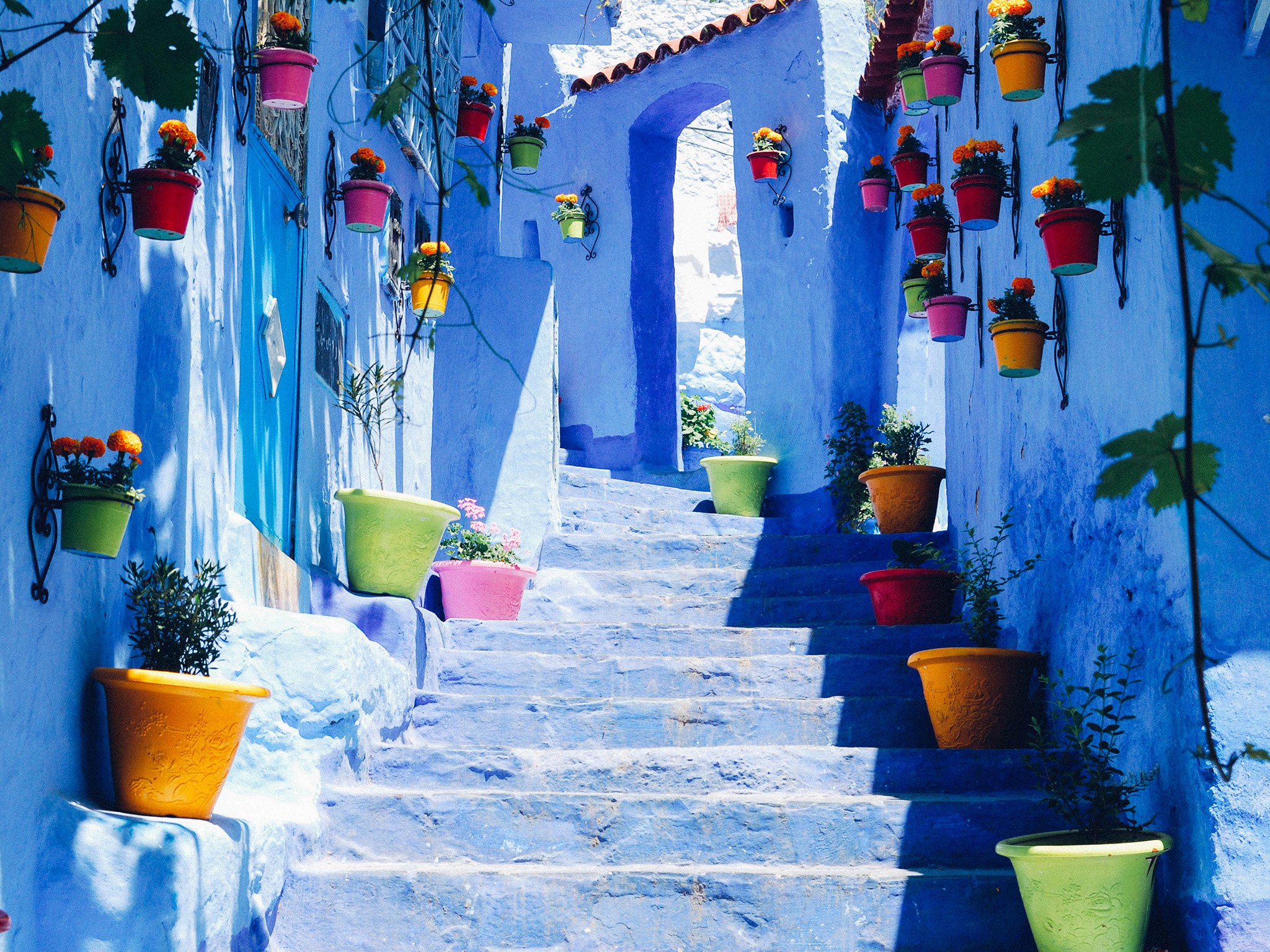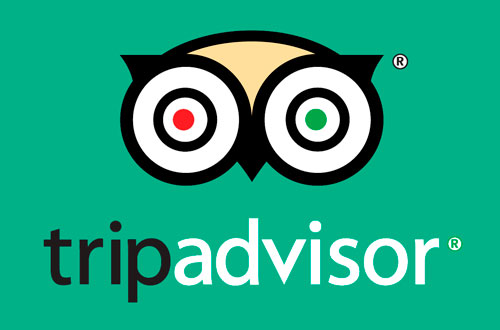Chefchaouen also known as Chaouen, is a city in northwest Morocco. It is the chief town of the province of the same name, and is noted for its buildings in shades of blue. Chefchaouen is situated just inland from Tangier and Tetouan.
The city was founded in 1471 as a small kasbah (fortress) by Moulay Ali ibn Rashid al-Alami, a descendant of Abd as-Salam al-Alami and Idris I, and through them, of the Islamic prophet Muhammad. Al-Alami founded the city to fight the Portuguese invasions of northern Morocco. Along with the Ghomara tribes of the region, many Moriscos and Jews settled here after the Spanish Reconquista in medieval times.[ In 1920, the Spanish seized Chefchaouen to form part of Spanish Morocco. Spanish troops imprisoned Abd el-Krim in the kasbah from 1916 to 1917, after he talked with the German consul Dr. Walter Zechlin (1879–1962). After defeating him with the help of the French, Abd el-Krim was deported to Réunion in 1926. Spain returned the city after the independence of Morocco in 1956.
Background
Chefchaouen – or Chaouen, as it is often called by Moroccans – is a popular tourist destination because of its proximity to Tangier and the Spanish enclave of Ceuta. There are approximately two hundred hotels catering to the summer influx of European tourists. One distinction possessed by Chefchaouen is its blue-rinsed houses and buildings.
Chefchaouen is a popular shopping destination as well, as it offers many native handicrafts that are not available elsewhere in Morocco, such as wool garments and woven blankets. The goat cheese native to the area is also popular with tourists.
The countryside around it has a reputation for being a prolific source of kief. The Chefchaouen region is one of the main producers of cannabis in Morocco. Hashish is subsequently sold all over town, but is mostly the domain of native Chaouenis. A nearby attraction is the Kef Toghobeit Cave, one of the deepest caves in Africa.
Chefchaouen’s blue walls are a popular subject of interest. There are several theories as to why the walls were painted blue. One popular theory is that the blue keeps mosquitos away, another is that Jews introduced the blue when they took refuge from Hitler in the 1930s. The blue is said to symbolize the sky and heaven, and serve as a reminder to lead a spiritual life.
The growing tourist industry is geared especially towards Spanish tourists, who are especially numerous during great Catholic feasts like Semana Santa and Christmas.
Places of worship
There are a number of distinct mosques in the town. Aside from the mosque at Place Uta Hammam in the medina, there is also a mosque dedicated to the patron saint of northern Morocco’s Jebalah region, Moulay Abdeslam Ben Mchich Alami. His tomb and the village surrounding it is by the way an hour’s drive or so from Chefchaouen on the old road to Larache. There is also a ruined mosque built by the Spanish, with stairs still in the tower.
Tourism
The beauty of Chefchaouen’s mountainous surroundings are enhanced by the contrast of the brightly painted medina (old town). It is this beauty and the relaxed atmosphere of the town that makes Chefchaouen very attractive to visitors.
The main square in the medina is lined with cafes and filled to the brim with locals and tourist mingling easily. Another reason why backpackers love Chefchaouen is the easy availability of drugs. Tourism in Chaouen is driven by its reputation as center of the marijuana plantations region in north Morocco. During the summer approximately 200 hotels cater to the influx of European tourists.


